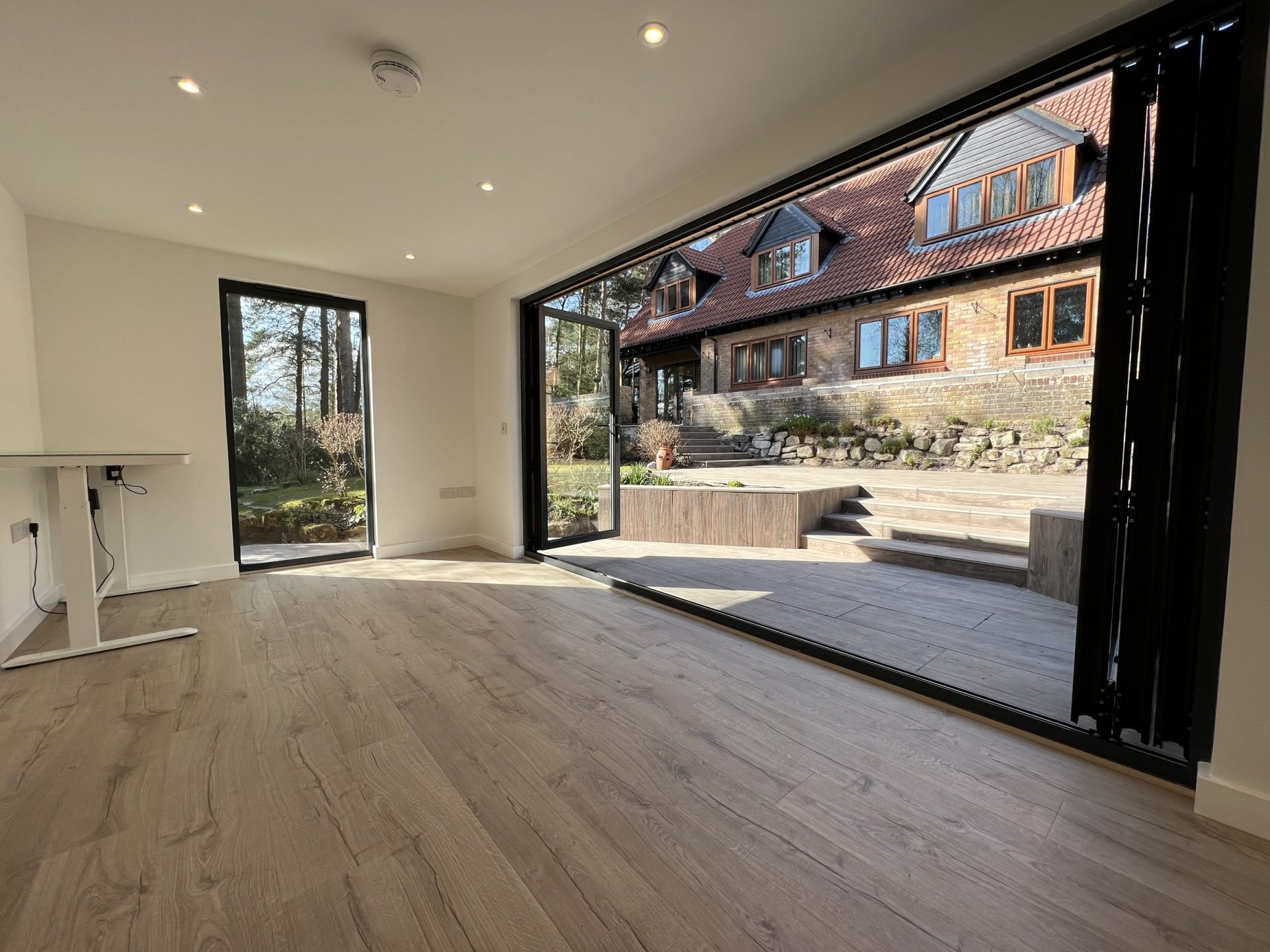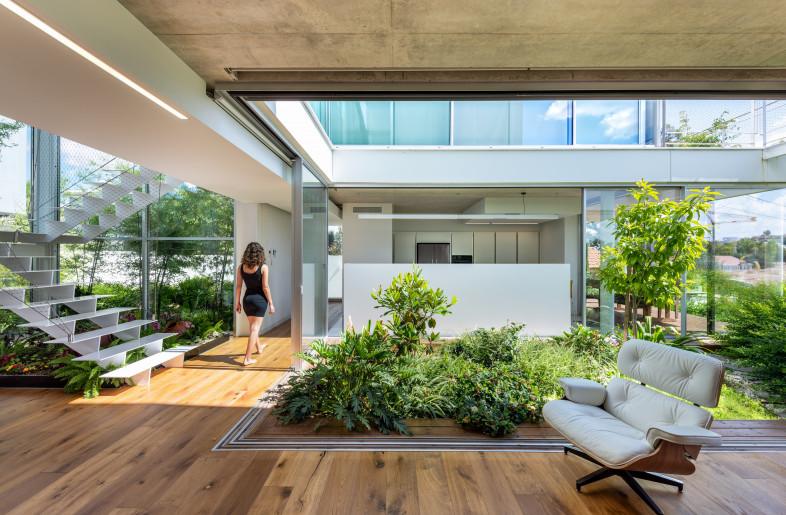Flipping a house—buying, renovating, and quickly selling a property for a profit—has been romanticized on television, but in reality, it is a high-risk, high-reward venture. Success hinges on rigorous planning, meticulous budgeting, and swift execution.
If you are an aspiring real estate investor looking to enter the world of house flipping, here is a comprehensive guide to navigating the process and maximizing your return on investment (ROI).
1. Master the Math: The 70% Rule
The cornerstone of successful house flipping is due diligence on the numbers. You make your profit when you buy the property, not when you sell it.
The Formula: The 70% Rule
The industry-standard 70% Rule dictates that an investor should pay no more than 70% of the After Repair Value (ARV) of a property, minus the estimated repair costs.
- ARV (After Repair Value): What the house will be worth once all renovations are complete. Base this on recent sales of comparable, fully updated homes in the immediate area.
- Budgeting for the Unexpected: Always pad your repair budget by at least 10–15% to cover inevitable hidden costs, delays, or unforeseen structural issues.
2. Strategic Property Selection: Location Over Looks
A successful flip requires finding a property that is cosmetically ugly but fundamentally sound, situated in a desirable or up-and-coming neighborhood.
- Look for the “Worst House on the Best Street”: This strategy minimizes the risk of over-improving the home compared to its neighbors. The neighborhood’s value will lift your finished product.
- Prioritize Function Over Form: Avoid properties with major structural, foundation, or severe water damage for your first few flips, as these can quickly derail a budget and timeline. Focus on properties that need significant cosmetic updates (outdated kitchens, bathrooms, flooring, and paint).
- Analyze the Exit: Before placing an offer, confirm that your target ARV is realistically achievable and that the market can absorb the sale quickly. Time is money in flipping, as holding costs (mortgage interest, utilities, taxes) erode your profit daily.
3. Develop a Detailed Renovation Blueprint
A vague renovation plan is a recipe for disaster. Before closing, you need a precise scope of work and a detailed budget.
- Focus on High-ROI Areas: Kitchens and master bathrooms yield the highest ROI. Spend a significant portion of your budget here, focusing on appealing finishes like stainless steel appliances, modern countertops, and fresh tiling.
- Curb Appeal is King: Do not neglect the exterior. Investing in a new paint job, quality landscaping, and modern exterior lighting can draw buyers in and instantly increase perceived value.
- Limit Customization: Choose neutral, widely appealing, and on-trend finishes. Your goal is to appeal to the broadest possible pool of buyers, not to implement your personal style.
4. Assemble a Reliable and Professional Team
Your success relies heavily on the quality and efficiency of your team.
- The General Contractor (GC): A reliable, licensed GC is your most important asset. They manage timelines, sub-contractors, and quality control. Get multiple bids and check references rigorously.
- The Real Estate Agent: Use an agent who specializes in selling renovated properties in your target neighborhood. They provide crucial insights into buyer demand and accurate ARV pricing.
- Lenders and Attorneys: Secure pre-approval for funding and establish a relationship with a good real estate attorney to handle closing details efficiently.
5. Execute Efficiently: Time is Money
The faster you complete the renovation, the more profit you retain by reducing holding costs.
- Maintain the Schedule: Your GC must adhere to a strict schedule. Delays in one area (e.g., waiting for cabinets) affect all subsequent trades (plumbing, countertop installation).
- Control Change Orders: Resist the temptation to make significant changes mid-project. Change orders cost time and money. Stick to the original renovation budget and blueprint.
- Prioritize Safety and Systems: Address any major system replacements (HVAC, roof, electrical) first, as these are often requirements for a clean inspection and are the hardest things for buyers to overlook.
6. Perfect the Presentation: Staging and Marketing
Once the renovation is complete, transition immediately to the marketing phase.
- Professional Photography: Hire a professional photographer who specializes in real estate. High-quality, well-lit photos are the single most effective tool for generating online interest. Consider adding a virtual or drone tour.
- Staging: Staging a vacant property with attractive rental furniture allows buyers to visualize the scale and functionality of the space, helping them form an emotional connection with the home.
- Highlight the New: Ensure your marketing materials emphasize all the new systems (roof, furnace, appliances) and high-end finishes.
7. Price It Right and Sell Fast (The Exit Strategy)
The final step requires discipline. Even after pouring sweat and capital into the project, you must price the home according to market realities, not emotion.
- Competitive Pricing: The goal is a quick sale. Price the home competitively, slightly below the most recently sold comparable, if necessary, to generate immediate buzz and multiple offers.
- Final ROI Calculation: After closing, meticulously calculate your final ROI by subtracting the total investment (purchase price + renovation costs + holding costs + closing costs) from the final sales price. This data is invaluable for improving your process on the next flip.


























